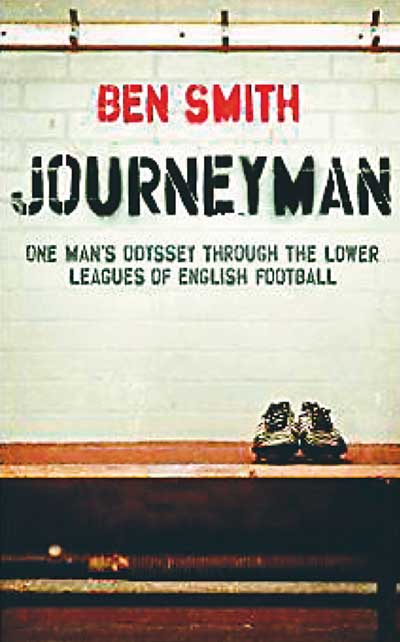 One man’s odyssey through the lower reaches of English football
One man’s odyssey through the lower reaches of English football
by Ben Smith
Biteback Publishing, £12.99
Reviewed by Tim Springett
From WSC 342 August 2015
The template for autobiographical tales of journeyman footballers was Eamon Dunphy’s Only A Game?, published nearly 40 years ago, although the most celebrated examples were the two books by Garry Nelson. The reason why these were successful was because they took the reader into the dressing room, onto the training ground, into the manager’s office, down the tunnel for a match and into the players’ lounge. Ben Smith’s effort does this only sporadically and remains, for the most part, inside his own mind. The result is a chronological account of Smith’s career with a large dose of soul-searching but too many unnecessary details to make for a compelling read.
The first half of this 360-page tome documents Smith’s nomadic progress through seven clubs. The narrative, however, does not change appreciably – everywhere he goes it seems Smith agrees terms, trains hard, has a bad game, gets dropped, demands reasons, wins his place back, plays well, enjoys being named “man of the match”, gets injured, is shown the door. We learn about Smith’s own perceptions of his ability and form, as well as his club’s fixture list for the season in question, but very little else. While he remarks about management styles and training at each club, his on- and off-field relationships with other players are hardly mentioned. For a story about life as a lower-league pro, this is a glaring deficiency.
Things improve with a chapter entitled, prophetically, “Finally getting somewhere” which focuses on Hereford’s promotion season in 2007-08, when there is at last some insight into the atmosphere of the club and even a few snatches of humour. The most interesting section chronicles his years with Crawley Town under the idiosyncratic management of Steve Evans. Smith’s opinion of Evans does not come as a surprise even if some of the man’s methods still manage to – such as telling the squad that the club will cease supplying training kit and announcing a session two hours afterwards, forcing several players to head for Sports Direct to kit themselves out. Smith eventually learns to let the regular vicious personal bollockings wash over him and is amused that, prior to each of Crawley’s appearances in a televised match, Evans would refresh the highlights in his hair.
Interspersed with the historical are snapshots of Smith’s new life as he comes to terms with no longer making his living from full-time football. It’s hard not to feel sympathy as he struggles in the world of education before finding a niche. Some of the sympathy dissipates when we learn that, aged nearly 34, Smith was offered the position of head of youth at Crawley as they prepared for their first season in League One. He rejected the role, believing he could continue playing despite having struggled to get a game the preceding season. One is left with the impression of somebody who, while showing commendable honesty, liked to be treated with kid gloves and never mastered the art of making his own luck.
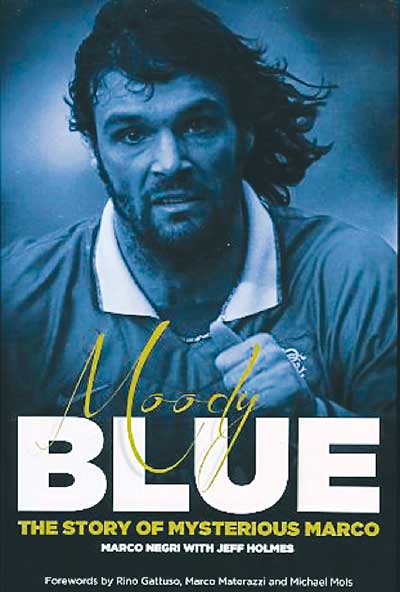 The story of the mysterious Marco
The story of the mysterious Marco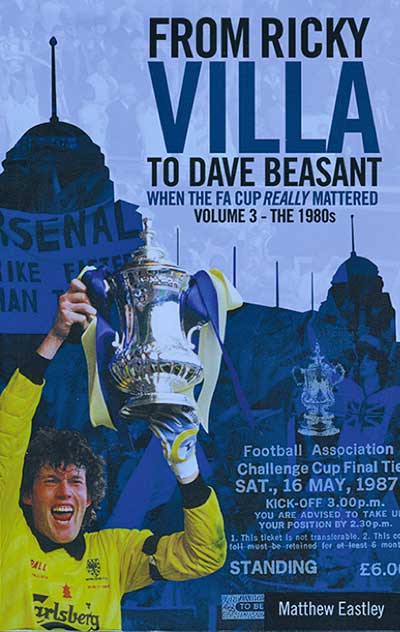 When the FA Cup really mattered Vol 3
When the FA Cup really mattered Vol 3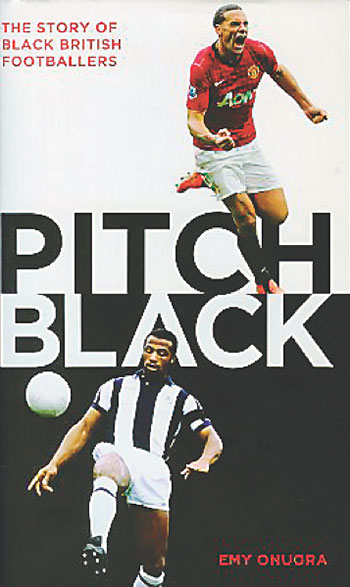 The story of black
British footballers
The story of black
British footballers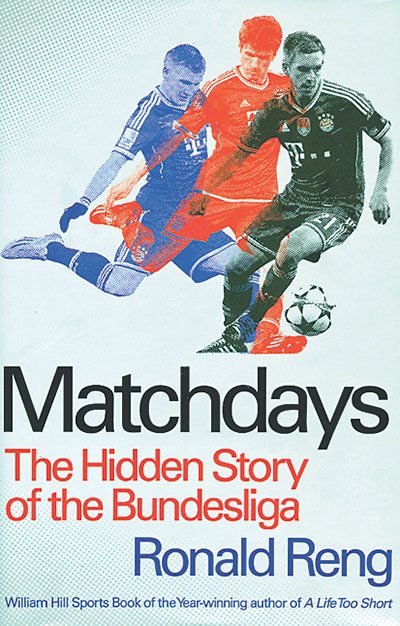 The hidden story
of the Bundesliga
The hidden story
of the Bundesliga